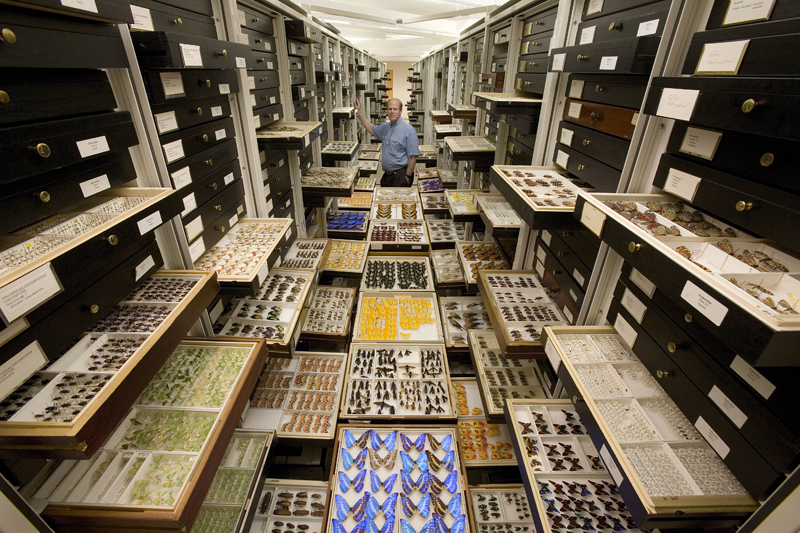
Scientific collections are assemblies of physical objects that are valuable for research and education—including drilling cores from the ocean floor and glaciers, seeds, space rocks, cells, mineral samples, fossils, and more. Federal agencies develop and maintain scientific collections as records of our past and investments in our future.
These collections are public assets. They play an important role in promoting public health and safety, homeland security, trade, and economic development, medical research, resource management, education, and environmental monitoring.
They are studied across diverse fields of research and are used and re-used to validate and extend past research results as new analytical techniques develop. For the American public, students, and teachers, they are also treasure troves of information ripe for exploration and learning.
And there is no better time to highlight this important new policy than Sunshine Week – an annual celebration of transparency and public participation in government.
The memorandum released today fulfills the requirements of the America COMPETES Reauthorization Act of 2010 that called on OSTP to develop “policies for the management and use of Federal scientific collections to improve the quality, organization, access, including online access, and long-term preservation of such collections for the benefit of the scientific enterprise.”
The policies developed by Federal agencies in response to the new memo will also be consistent with requirements in the Executive Order on Making Open and Machine Readable the New Default for Government Information and my previous memorandum on Increasing Access to the Results of Federally Funded Scientific Research.Agency policies will help make scientific collections and information about scientific collections more transparent and accessible. For example, photographs and 3D scans of objects in Federal scientific collections will be made freely available to the public.
Responsible stewardship of scientific collections was of particular importance to Dr. Holdren’s immediate predecessor as Director of OSTP, Dr. John Marburger III, who passed away in 2011. We believe he would be proud of this positive step toward that important goal.
Read the new policy memorandum here.
Michael Stebbins is Assistant Director for Biotechnology at OSTP
Erica Lieberman is a Student Volunteer at OSTP



